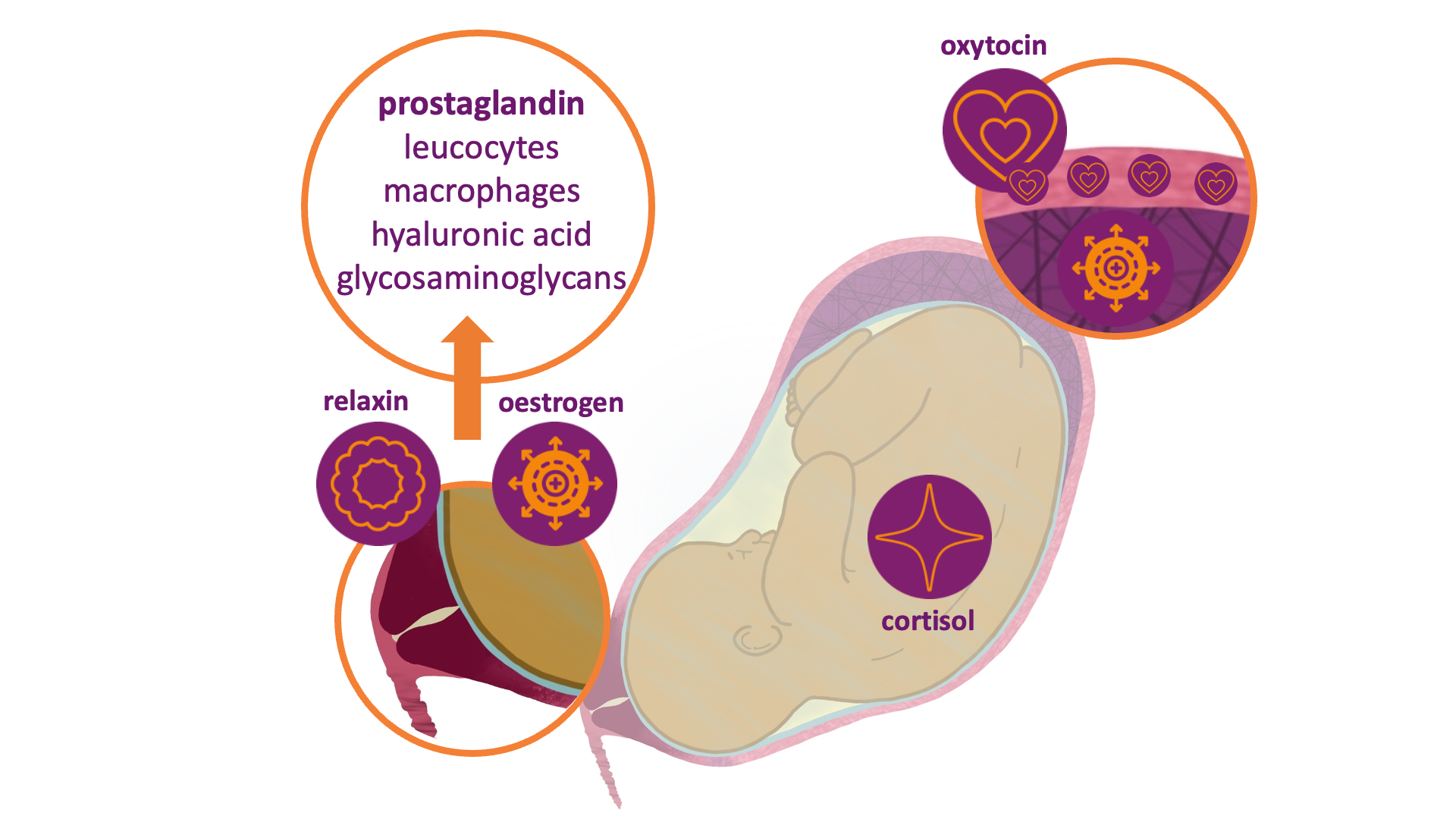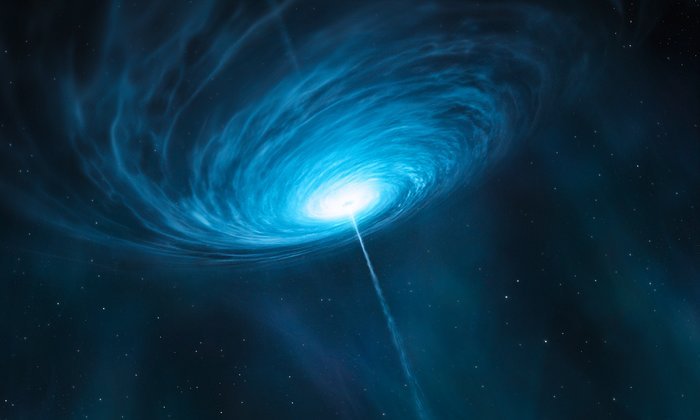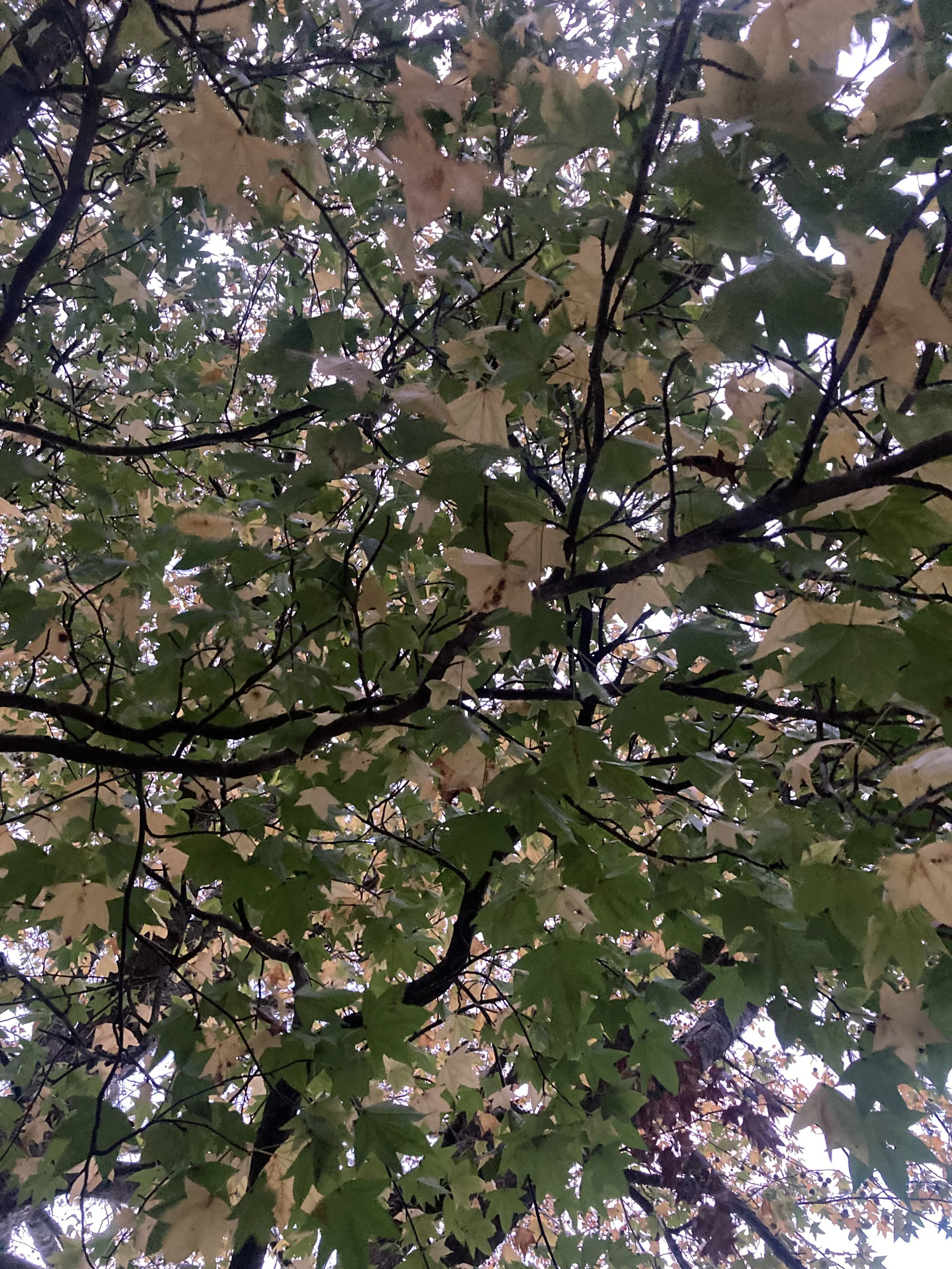Preparation for labour and birth is unique for every women and typically encompasses a range of factors such as: physiological, emotional, psychological, relational, educational, and spiritual dimensions. Preparing for the initiation of birth also often involves considering the kind of emotional support and care that may be needed for the post-natal bonding and recovery phase of motherhood.
A question I often get asked in my Tauranga Acupuncture practice is, ‘does acupuncture induce labour?’ Acupuncture can support the process of initiating physiological labour. There are also other contributing factors which influence the timing of labour onset for each individual. In a physiological spontaneous onset of labour, where medical intervention has not been initiated, there is often an intertwining of key factors which make for “just the right time” for birth. Some of these important factors which can influence spontaneous physiological labour are: our inner emotional state, psychological and physical preparation for birth, resting and focusing energy inwards whilst waiting for labour to begin, establishing a safe environment for birth, the peaking of hormonal physiology in baby and mother, the unique gestational timing of baby and their soul timing to be born. This article will discuss some of these factors and explore how acupuncture can support the process of physiological initiation of labour.
How acupuncture can support preparation for labour
Supporting hormones involved in labour and birth
Acupuncture is a safe treatment which can help to support the bodies ability to initiate physiological labour without medical intervention. Acupuncture does not involve administering something synthetic into the body and disrupting the bodies natural oxytocin and other labour and birth hormones (e.g. prostaglandins, relaxin, oestrogen) therefore the effect of acupuncture is very different from a medical induction, which commonly involves administering synthetic oxytocin, an artificial form of oxytocin (known by the names Syntocinon, Pitocinon, and in Aoteroa-NZ it is called Oxytocin-APOTEX).
CULTIVATING YIN ENERGY AND CALMING THE BODY-MIND
With an acupuncture treatment the emphasis is on supporting the release of the bodies labour hormones and pain reliving molecules (i.e beta-endorphins), allowing for relaxation and connection to the body in a safe and calm environment. Through touch, releasing pain and tension, feeling pleasant sensations in the bodymind, acupuncture has an effect of supporting the production of endogenous oxytocin and other hormones involved in the preparation phase of labour. A commonly used acupuncture point located on the hand which is used to support production of labour hormones, to stimulate contractions of the uterus muscle, and relieve pain during contractions is Large Intestine 4 : LI4, known in Chinese as He gu which translates as ‘joining valley’ (Deadman 2001, Betts 2006, Citkovich 2020). It is a really useful point for acupressure in labour as it can be easily self-administered.
Acupuncture also supports the cultivation of yin energy (Rossi, 2023). Yin energy in the body relates to the capacity to feel grounded and safe in the body, to surrender and let go. When there is adequate yin energy in the body, there is also more life force energy or yang energy able to flow in the body. Acupuncture can help free up stuck energy allowing any emotions and feelings which are impeding the onset of birth to be safely processed. You may have heard of the word ‘yin’ through its usage in the practice of ‘yin yoga’ or ‘yoga nidra’. Both of these forms of yoga cultivate yin energy and aim to encourage a deeper connection and felt sense of the body, allowing for more bodymind holism. They are essentially slower and resting forms of yoga which typically induce the ‘rest and digest’ aspect of the autonomic nervous system (ANS) which helps the body to relax and to heal. Acupuncture has a very similar effect to yoga nidra when the bodymind is able to relax.
An induction with a synthetic oxytocin infusion is very different to oxytocin produced naturally in the body
Synthetic oxytocin acts very differently in the body compared to oxytocin produced by the body (i.e. endogenous oxytocin). The bodies own production of oxytocin occurs in the hypothamus and is released from the pituitary where during labour it enters the cerebral-spinal fluid and blood circulation in pulsing waves and is taken up by receptors in the uterus and throughout the body of mother and baby (Buckley 2009). Like any hormonal system in the body, there is an intricately delicate homestatic process with oxytocin which is specific for an individual and allows for feedback to moderate the synthesis and down regulation of oxytocin.
The diagram below shows how oxytocin produced during a physiological labour, with no medical intervention, allows for the perfect dosage of oxytocin for the baby and mother’s physiology. In much the same way as a harmonious natural ecosystem works in nature, where there is biofeedback and delicate communication between all organisms, the same thing happens in the body during labour via hormones, emotions, safe relational environment e.t.c. Safety in labour is an important part of the bodies limbic system being able to be function effectively, which allows for peak surges of oxytocin and other bonding hormones (e.g. prolactin) at birth and after birth. If ones internal sense of safety is compromised it increases the likelihood of birth complications and interventions arising, as well as ruptures to natural bonding patterns between mother and baby.
PHYSIOLOGICAL LABOUR: a PERFECT CIRCLE OF PULSING WAVES
INDUCTIONs: IMPAIRED BIOFEEDBACK, BABY FORCED TO SOON
Inductions are becoming very common as part of the medicalised model of birth. Often they are given not for medical reasons or the safety of baby and mother. Rhea Dempsey a birth educator based in Australia describes how culture and beliefs influence choices in birth.
““Our busy, pressured lifestyles don’t serve pregnant or birthing women very well. The necessarily “slowed down’ tuning in, the ‘graciously waiting upon’ character of both late pregnancy, normal physiological birth and the early post-natal period, are at odds with lifestyles that push us, faster and faster, to expect results and outcomes”.”
The diagram above shows that when synthetic oxytocin is given to a women as an infusion it does not enter the brain, and there is compromised ability for homeostatic regulation of oxytocin between mother and baby. The administering of epidurals which are commonly used alongside medical induction, is also understood to interfere with oxytocin pathways in the body (Buckley 2009). Synthetic oxytocin tends to bring on contractions forcefully, increasing the risk of distress in the baby, and interferes with stages of physiological labour and birth (Buckley 2009, Reed 2018). Based on research from Australia, a medical induction when given for non-medical reasons has been shown to increase the risk of further birth interventions such as epidurals, use of forceps or vacuum extraction, episiotomy, birth trauma, and other adverse maternal and neonatal outcomes (Dahlen, 2021).
Interventions which may seem less medical such as: membrane sweeping i.e. ‘stretch and sweeps’, prostaglandin gel, balloon catheters, artificial rupture of membranes are all forms of of intervention aimed at initiating labour and interfering with the natural timing of birth. They do involve risk and side effects and when they are offered without any good medical reason, can become the beginning of the ‘medical cascade of intervention’, often leading to trauma and disturbance of the important initial bonding of mother and baby at birth.
Cultivating the capacity to yield and wait for birth
The capacity to yield in the body is a key aspect of waiting for birth to arrive and to allow for the surrendering into the support of earth, into gravity and the downward letting go in the body. Waiting for birth cultivates the bodies yin energy which is necessary for the active yang processes in the body during labour and birth to be sustained. Yielding is one of the 5 key developmental movements identified by therapist and researcher Bonnie Bainbridge-Cohen (Bainbridge-Cohen, 2018). We first learn to yield in our embodied experience of life on earth through the experience of being born ourself, and when we are safely and lovingly held by our caregivers when we are dependent babies. Yielding is thus intimately related to our capacity to feel love, to bond, to feel safe, and produce oxytocin in the body. To yield is another way of saying to surrender, to let go of the journey of pregnancy and enter a new passage, an initiation into motherhood. When we let go, we also establish trust in the body and transmute fear into love which is a primary initiatory archetypal experience that childbirth offers humanity.
There is often quite a lot of pressure to ‘speed things along’ in modern maternity care, even when there may not be a medical condition or clinical evidence for this improving birth outcomes for mother and baby, or the important bond they carry for the rest of life. Provided the pregnancy is healthy and there are no additional care requirements for the mother and baby, healthy production of oxytocin and other hormones for labour, birth and mothering is more likely to occur when: there is the capacity to wait and allow time for the full maturation of the hormones in the body, if there is a feeling of safety to birth, if there is a welcoming of baby into the world with love and trust in the bodies power to birth baby, if there is a yielding in the body and mind to allow for baby to arrive at ‘just the right time’ - Kairos time.
Further INFORMATION
If you want to learn more about ways acupuncture treatment can support a variety of common pregnancy conditions, help prepare for labour, and post-natal care you may like to check out the podcast interview on ‘The Great Birth Rebellion Podcast’ with Acupuncturist Dr Kate Levitt and Midwife Heidi Williams.
about the practitioner
Rose Skerten is a registered Acupuncturist and Chinese Medicine Practitioner with CMCNZ and Certified Healing Birth Practitioner. She specialises in pregnancy and postpartum acupuncture, acupuncture for fertility and hormonal support, acupuncture for mental health and trauma, acupuncture for chronic pain, and Birth Trauma Therapy.
NOTES
5 Developmental Movements identified by therapist and researcher Bonnie Bainbridge-Cohen: 1. Yielding, 2. Pushing, 3. Reaching, 4. Grasping, 5. Pulling
Kairos time: this is ‘just the right time’, a form of deeply meaningful and multidimensional time. Kairos time differs from the time on the clock which is known as ‘Chronus time’, the time which is linear, lockstep, shift-time, hospital time.
REFERENCES
Bainbridge-Cohen B. Basic Neurocellular Patterns: Exploring Developmental Movement. Burchfield Rose Publishers; California, 2018.
Betts D. The Essential Guide to Acupuncture in Pregnancy and Childbirth. Hove: Journal of Chinese Medicine Publications; 2006.
Buckley S. Gentle Birth, Gentle Mothering: A Doctor’s Guide to Natural Childbirth and Gentle Early Parenting Choices. Celestial Arts, 2009
Citkovitz C. Acupressure and Acupuncture During Birth. London: Jessica Kingsley Publishers; 2020.
Dahlen et al. Intrapartum interventions and outcomes for women and children following induction of labour at term in uncomplicated pregnancies: a 16-year population-based linked data study. BMJ Open 2021;11:e047040. Accessed from: https://bmjopen.bmj.com/content/11/6/e047040.long [Accessed Sept 2025]
Deadman et al. A Manual of Acupuncture. Hove: Journal of Chinese Medicine Publications; 2001.
Dempsey R. Birth With Confidence: Savvy Choices for Normal Birth. Fairfield: Boathouse Press; 2013
Rossi E. Needles and Silence: the Yin Side of the Therapeutic Relationship in the Acupuncture Clinic. Journal of Chinese Medicine, Issue 131, February 2023. Accessed from: https://www.jcm.co.uk/ [Accessed November 2023]
Reed R. Why induction matters. 2018
The Great Birth Rebellion Podcast. Acupuncture and Acupressure - Episode 116 https://www.melaniethemidwife.com/podcasts/the-great-birth-rebellion/episodes/2148871557


















